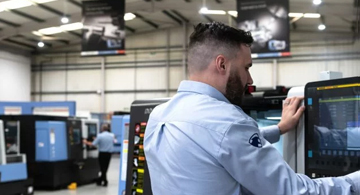Ethernet Cables are the most fundamental and critical physical connection medium in computer networks, responsible for transmitting data signals between devices. These cables utilize a twisted-pair structure where copper wires are twisted together in pairs to effectively cancel electromagnetic interference, ensuring data signal integrity and transmission stability. According to performance standards and transmission capabilities, Ethernet cables are primarily categorized into multiple classes including Cat5, Cat5e, Cat6, Cat6a, and Cat7, each supporting different transmission rates and frequency bandwidths. Modern Ethernet cables not only support traditional local area network connections but can also deliver power (Power over Ethernet technology), providing both power and data connectivity to devices such as network cameras and wireless access points, significantly simplifying the deployment of network equipment.
High-quality Ethernet cables typically use oxygen-free copper as conductor material and feature standard RJ-45 connectors to ensure excellent conductivity and connection reliability. In terms of structural design, different cable categories show distinct characteristics: Cat5e cables primarily support Gigabit Ethernet, while Cat6 and higher specifications enhance performance through additional separators or shielding layers, enabling support for 10-Gigabit network transmission. Shielded Ethernet cables (such as FTP and STP) employ metal foil or braided mesh shielding layers, making them particularly suitable for industrial environments or locations with strong electromagnetic interference; unshielded types (UTP) have become the mainstream choice for office and home networks due to their flexibility and cost advantage. With continuous development of network technology, Ethernet cables continue to evolve, providing reliable network connectivity foundations for applications including smart buildings, data centers, and industrial automation systems.







